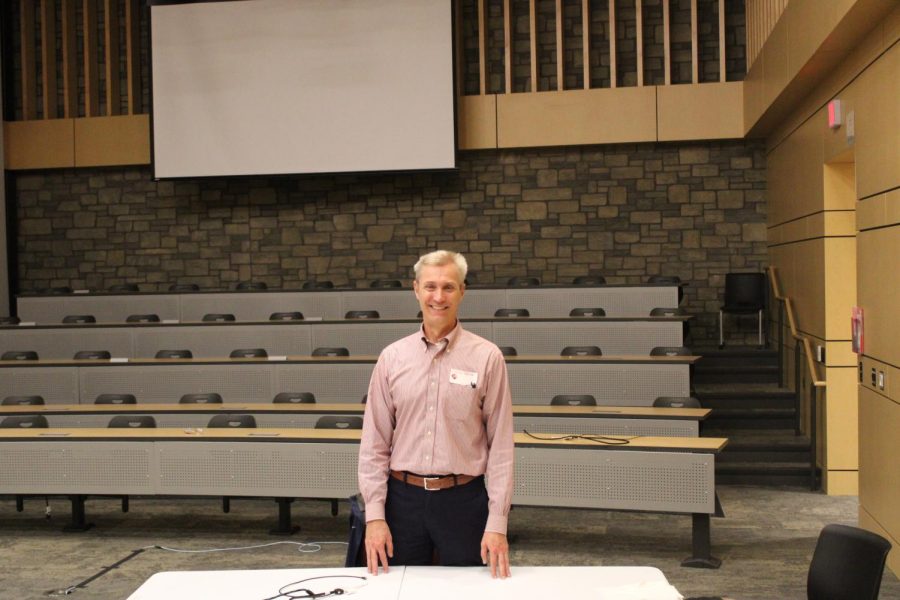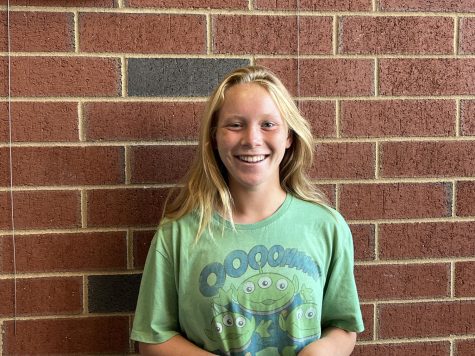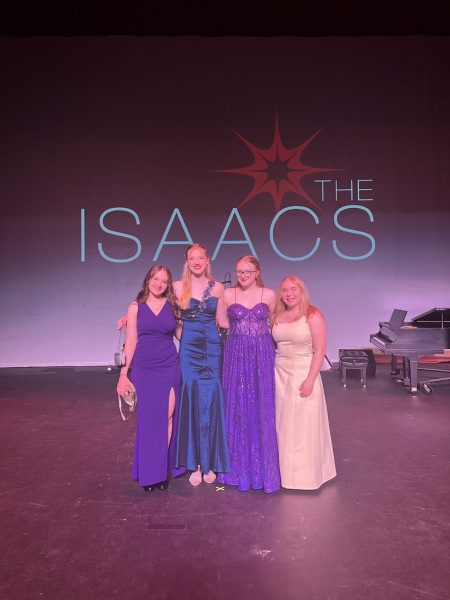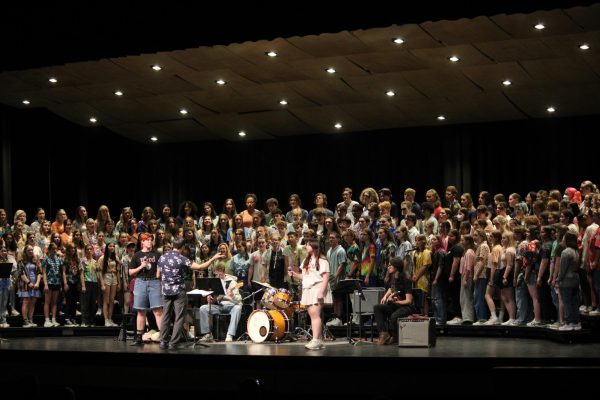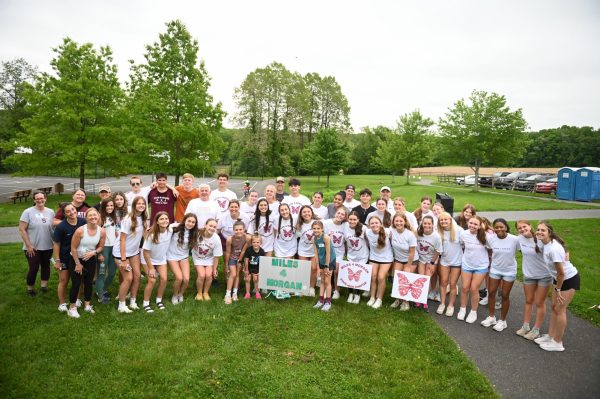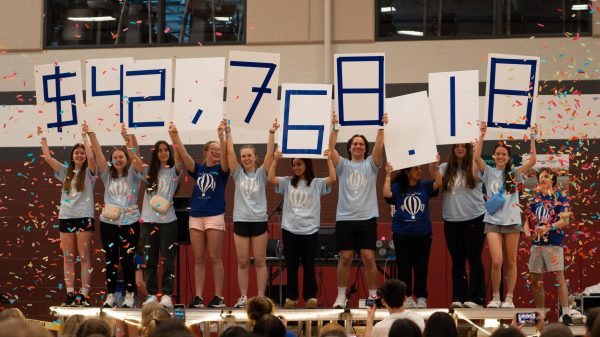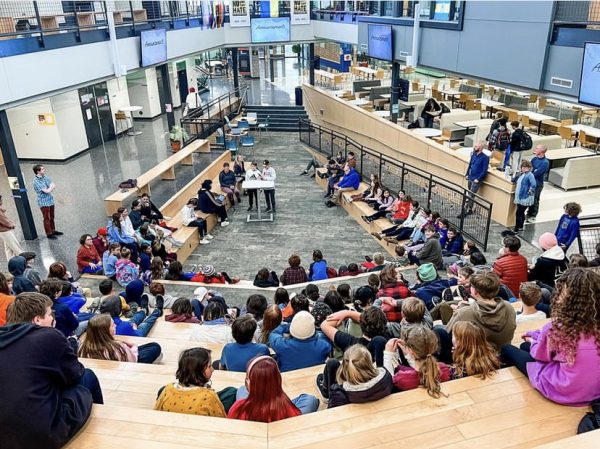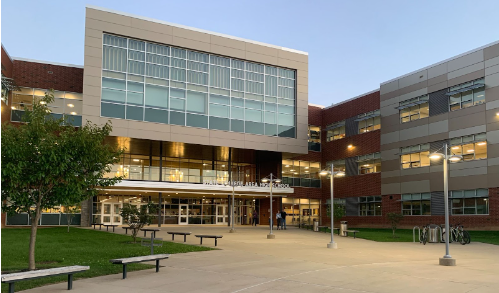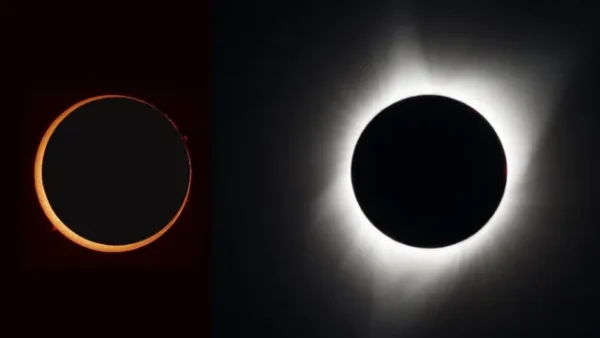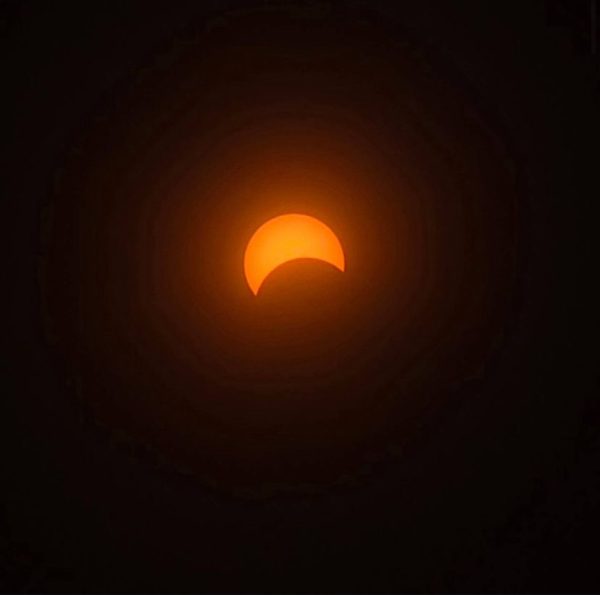Astronomy Club Launches Its First Major Event
Dr. Pawelczyk, a former astronaut and current Penn State University professor, at the State High LGI.
December 2, 2022
On November 7, astronaut James Pawelczyk landed in State High’s LGI to give a lecture about his 16-day journey aboard the NASA STS-90 space shuttle that he flew in almost 25 years ago. The lecture was organized by State High’s newly formed Astronomy Club.
Founder Dalton Lawrence pursued his passion of adding an Astronomy Club to State High’s many activities. His vision for the club is where the officers teach their fellow participants about astronomy, with the occasional guest speaker.
“The goal for me and my officer team is not just about me learning astronomy, I want to teach other people about astronomy. I feel like I am learning a lot because if I don’t know what I am talking about you can’t really teach other people,” Lawrence said.
However, Lawrence and his officer team faced an obstacle; participation.
“Based on our email list we should have [had] about 50 people coming to our meetings, but on the first day, we only had about 25, and then when we organized the second meeting we only had about 16 members,” Lawrence said.
Since the club was losing members, Lawrence and his team had to come up with a plan to bring in new members – something that would give the club more attention. Thus the officer team initiated Dr. Pawelczyk to visit State High.
Correspondingly, their advertising efforts were well worth it when about 45 people crammed into State High’s LGI. Once everyone finally made it into the LGI, Dr. Pawelczyk started his lecture by taking the audience back to 1997, about a year before launch.
Being that there was very limited knowledge of the nervous system in the late 1990s, Neurolab was launched in order to gather more information on the system. After that, NASA needed to construct a team of astronauts and experienced scientists to complete the research.
Pawelczyk explained that being chosen to participate in this experiment was no easy feat; just two of the original 46 nominees were chosen.
“So then I was one out of the 46 people who were being considered for it. Then when the board restricted it down to eight, we went to the NASA Junction Space Center for Astronaut Selection which is basically a week of interviews and being poked, prodded, and examined,” Pawelczyk explained.
He continued, “So then four of us were selected to train for the mission, myself, Dr. Jay Buckley [and two other candidates], we trained for over a year without knowing which two of us would be chosen. And then after a year, all of our training results had been analyzed and it was Buckley and I who would be going to space.”
A year later, on April 17, 1998, Pawelczyk and a team of six other highly qualified and trained astronauts and scientists boarded the Columbia Space Shuttle.
In order to easily project his lecture, he accommodated it with a vlog he filmed of his experience.
After takeoff, the video and Pawelczyk cut off to a tour of the laboratory and shuttle. That was when Pawelczyk elaborated on the crucial information he and his team was recording.
Overall, the experiments were to further the knowledge of the nervous system, however, the mission specifically focused on the vestibular system – a system that creates a sense of balance and helps with spatial orientation.
In order to create complex and in-depth data, the Colombia also accompanied 2,000 additional passengers. The test subjects were very diverse ranging from cell culture to a variety of fish. Not only were the tests being conducted on animals but the astronaut themselves.
Pawelczyk went on to describe what the experiments consisted of.
“So we are locked into this thing kind of like a rotator can which is spinning at about 40 revolutions a minute which is 1 g. And during that time we are carefully recording the motion of our eyes and so you’ll see some of the eye motions like this that is called a nystagmus which is your vestibular system trying to stabilize your vision,” Pawelczyk described.
“If we pitch this around to a different orientation then you’ll see different motions of eyes, you’ll see that in just a second. And down in the front and lower part of the picture you’ll see another direction. So now you will see the eyes pitch up, that is the nystagmus, so see there it goes. So the rate of which that happens and the magnitude of which that happens tells us about the health of the vestibular system,” he concluded.
Additional experiments included testing with one of the original VR goggles, blood testing, and the use of hippocampal place fields all contributed to expanding scientists’ knowledge of the nervous system. Many different experiments went on for an additional 15 days until they returned on May 3, 1998. Other than almost losing Curly, their rat, the mission proved to be a success.
When the video and lecture ended, peers took no time to ask questions. Ranging from humorous to serious, Pawelczyk approached each question with enthusiasm and passion.
When asked about how he hoped he impacted State High, Pawelczyk said,“I hope students left knowing they learned some things, and that they get excited about doing more and learning more about space. I love it when students form their own club and do things, and it’s so rewarding to see how many people are interested in learning about such a voluminous subject”
Overall this event provided students the opportunity to be engaged by an educated guest speaker.

